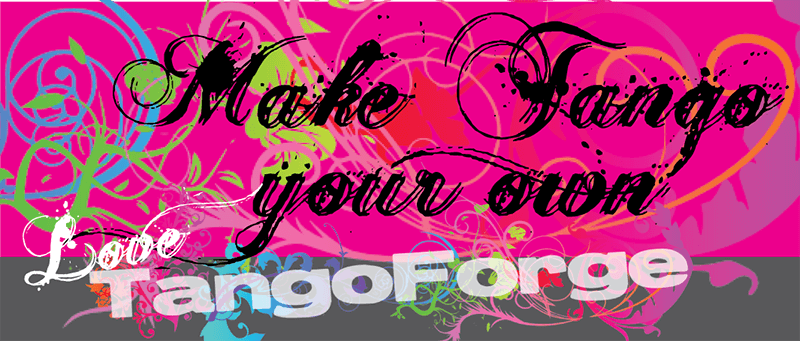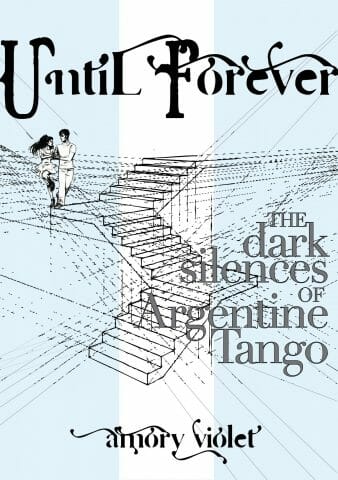You are investing time, power, and heart into this dance. It may sound obvious, but it’s crucial to remind yourself that you’re doing all this for your own pleasure.
Tango is a space of self-expression, elation, and emotional intensity that are very personal. It’s also an authoritarian, righteous, rules-centered, judgmental world. Perhaps too easily, we become accustomed to the rules and the associated socializing behavior.
Some people seem to gain part of their pleasure from the enactment of the rules. They pride themselves on their knowledge of and obedience to the rules, and they enjoy judging and even policing others.
Because of the participatory nature of the maintenance of the rules, and because of the insecurities that tango induces, dancers can easily find themselves preoccupied with performative conformity. Again, for some, this activity is pleasurable in itself. But it can easily suck the joy out of the dance without delivering another form of pleasure.
Becoming overly concerned with looking good when you dance can also have a sad effect, which is to make dancers closed to mistakes, playfulness, and friendliness with newer, less experienced, or less skilled dancers. The result can be a cold and grim community.
We can easily get into a pattern of going out, worrying about what other people think about our dancing, and judging other people. Are we even having any pleasure any more? For this reason I believe it’s important to have a careful, empirical attitude toward our experience.
Pay attention to which events are most pleasurable – formal milongas or informal practicas. Maybe the tango you enjoy the most is practicing in your friend’s lounge. If so, build your tango life around this. Don’t assume that the Saturday night milonga is the ultimate tango experience.
Pay attention to which dancers make you feel most free and whole: Are they advanced dancers who intimidate you or dancers of your own level with whom you can make mistakes and laugh.
Pay attention to your own desire for people. Notice that everyone you dance with has their own charm. The person whose smile warms you to your toes may not be the best dancer. The most elegant clothing or scent may belong to a beginner.
You may find that you dance really well with someone who you don’t even like as a person.
Pay attention to possibilities that defy your expectations. If you are to keep track of the precious thread of pleasure in tango as you become more experienced, you will need to develop ways to assess, honor, and enrich these points of pleasure.
Beginning followers often have a great time at their first few milongas, when generous leaders welcome new followers with lots of attention. After this followers enter a difficult period where the same leaders may not dance with them, waiting for them to improve. Dancing with beginners is hard work and good leaders aren’t up to it all the time. During this period women may spend a lot of time sitting, grumpy, and wondering what is wrong with them. They tend to idolize advanced leaders, believing that when they dance with these guys they become good dancers. But the measure of your dancing is being able to make a beginner look good. Building dance relationships and investing in a few beginners can be another dimension of pleasure.
We make tango our own by building dance friendships with other dancers at our own level, observing which events make us feel free and happy, expressing ourselves with our clothing and personal style, discovering the music that brings out the most feeling in our dance, and finding a way of dancing that makes us excited.
It’s hard to find our own pleasure (or even remember to look for it) when we’re under so much social pressure – to dance in the way loud people describe as “authentic”, to dress like the others, to like the proper music, to follow the rules.
Just a few day after I drafted this post, a student taking a special course with beloved tango teachers Michelle and Murat relayed their proposal that the tango experience has three levels of depth. At first we learn steps and sequences, then we learn technique, and finally (sometimes not until many years into dancing) we explore and develop our personal “why” of tango.
Why are you dancing? What is it that really moves you? How can you grow this part of the experience and reduce the painful or limiting parts of the experience?
The answers to these questions are yours alone. No teacher can resolve them for you. So get started by observing and experimenting to find Your tango.















